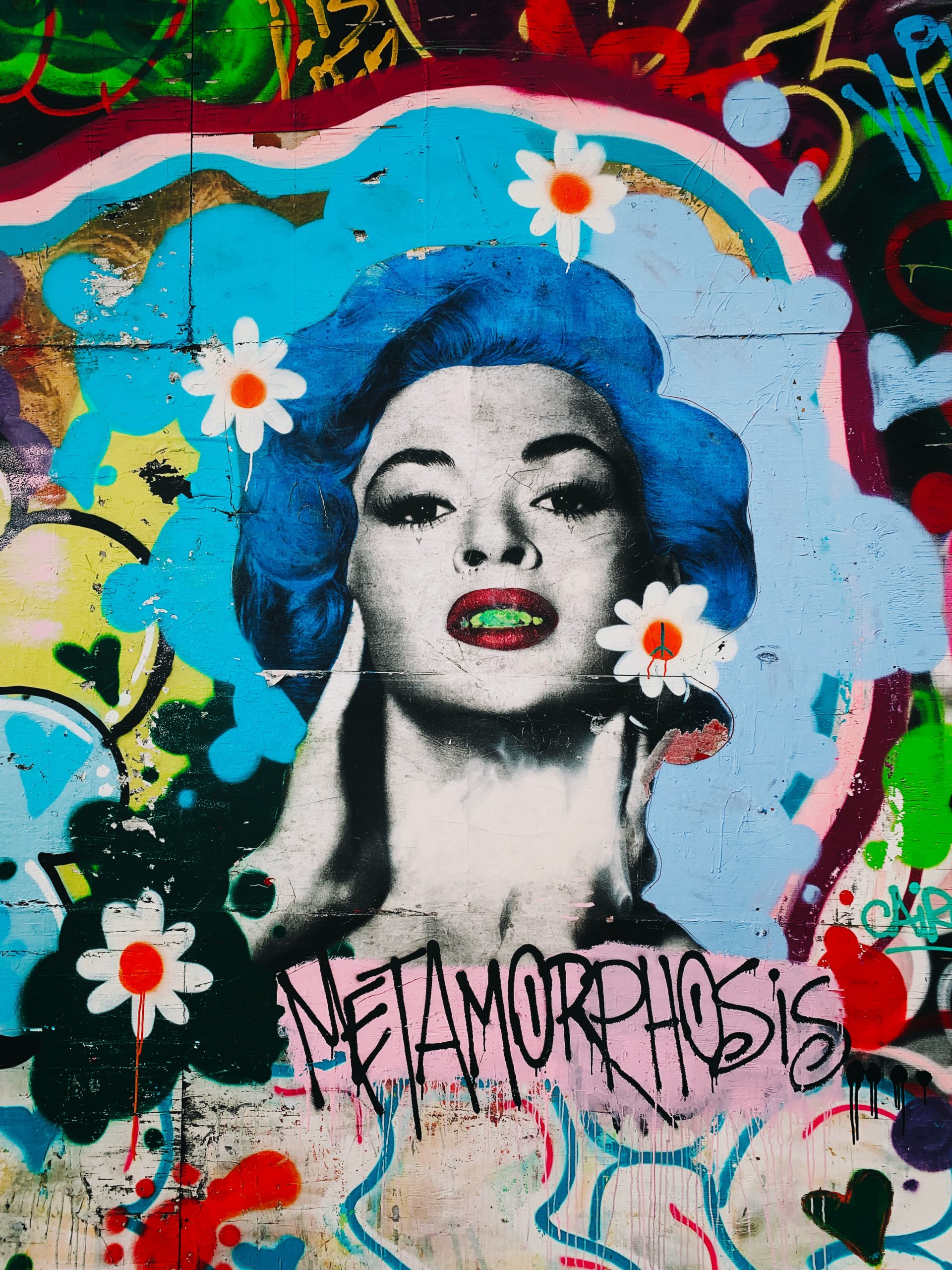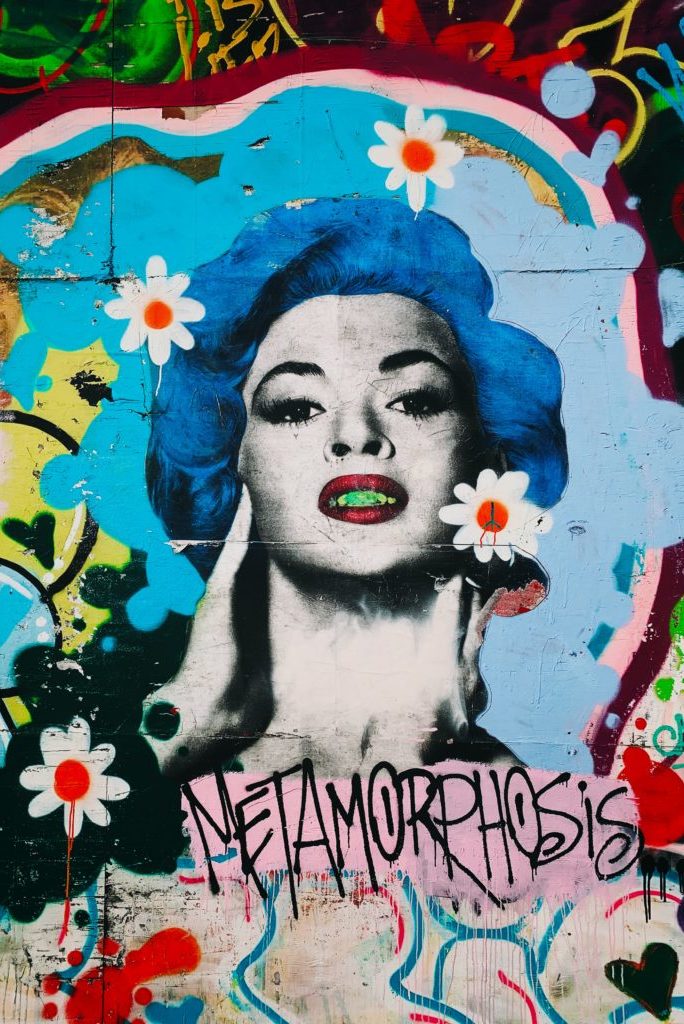

DIY EVOLUTION
At age 5, I found some scraps of wood, a few nails, and a hammer in the garage. I did the obvious thing and made a bed for one of my dolls. It wasn’t perfect, I thought, not by a long shot: the wood was rough and each piece was a different size and shape, so it didn’t stand straight (prompting me to realize that, actually, I’d made a cradle I could rock). Even at that age, I wasn’t under any illusions that anyone would find it beautiful or even charming, but that wasn’t the point. The point was, I had made a doll bed with my own two hands, with no help from anyone.
And that’s how I became a lover of all things DIY. The thought, effort, problem-solving, and creativity I put into this project birthed in me the notion that, even if I didn’t necessarily know how to do something, there was a good chance I could figure it out.
Next came ads, offering my services to the neighborhood as an accomplished weed-puller and a kindly baby-sitter, respectively. By age 9 I’d created a magazine (singular, as in just one copy) called SuperKid!, in which I wrote about books, actors, and fashion. Friendship bracelets came after that, and then collages. I scoured craft books (which, in the 80s, seemed to be the only useful resource for DIY projects) for ideas, then tried my hand at customizing the ideas I liked best. I studied art and fashion magazines and reconstructed the looks I saw, borrowing clothes and accessories from both my parents. (One piece I remember fondly was a velvet blazer from the 70s, which I turned inside-out to reveal its satiny, peacock-blue lining. My father was unamused when he discovered it.) In high school, some of my DIYs came from the pages of Sassy magazine (a dress made from the skirt of a thrifted sundress, a leotard top, a length of ribbon, a needle and some thread) while others came from fellow goth kids (take a pair of fishnets, cut off the feet, cut a hole in the crotch big enough for your head to fit through, put them on, add your favorite band t-shirt over it, ideally with the neck and sleeves chopped out).
In college, before I owned a computer, I created a zine called Fiend, using the time-honored punk rock method: cutting out words and images, gluing them down, adding drawings and hand-written words, and then taking them to a copy shop, where in addition to producing a precious handful of zines, I could also make ample use of the free stapler services. Post-college, my friend Vickie and I started a business selling switchplates that we’d covered in Atomic Age fabrics, vintage comic-book images, and kitschy, mid-century ads. Some time later, I convinced my local Barnes and Noble store to carry my zine, now computer generated. (My sales were somewhere in the neighborhood of $8.06; but listen, it wasn’t about the money, man.)
It’s important to point out that there was nothing tidy about any of this. I wasn’t working from a checklist. I was just digging around, looking for stuff that seemed interesting. Often we didn’t have the necessary supplies lying around the house, so I substituted or made do without, and the result was sometimes a crashing failure. But I knew that the next one had the potential to be amazing, and anyway I’d had fun trying. That’s the spirit of DIY, that’s where it all comes from: curiosity, and a love of learning for its own sake.
In the mid-90s, DIY began to come into its own in the West, emerging as something to celebrate, if not flaunt. With ties to third-wave feminism and punk rock, the DIY ethos struck a chord with certain segments of youth culture. By the early 2000s, it was everywhere. There were TV shows about crafting; websites that talked you through making anything from a blank book to a house you could live in; magazines devoted to collaging; Stitch n’ Bitch groups all over the globe that met regularly to knit and crochet together.
What made it so revolutionary? After all, humans have been making things for as long as we’ve existed. But this far out from the rise of industrialism, the act of making becomes somehow subversive. When it’s possible for you to buy nearly anything you need, choosing instead to make sends the message that you’re interested in learning, you take pride in hard work, and you’re willing to fail and try again. You’re interested, in other words, in growing as a human being. That speaks to a certain level of enlightenment, as far as I’m concerned. And enlightenment is very, very cool.
On a grand scale, DIY fever cooled somewhat, for a number of reasons—including, notably, the stock market crash of 2008. But the impact of that fever remained—and then along came a global pandemic. People have been trying their hands at everything from gardening to woodworking to bread baking. Which neatly underscores the biggest benefit of the DIY ethos: hope. For as many serious problems this world has, and for as many realistic Doomsday scenarios as we’re currently facing, it gives me hope that so many people continue to make things themselves.
DIY is, if nothing else, an act of optimism.
~ Emma Alvarez Gibson
